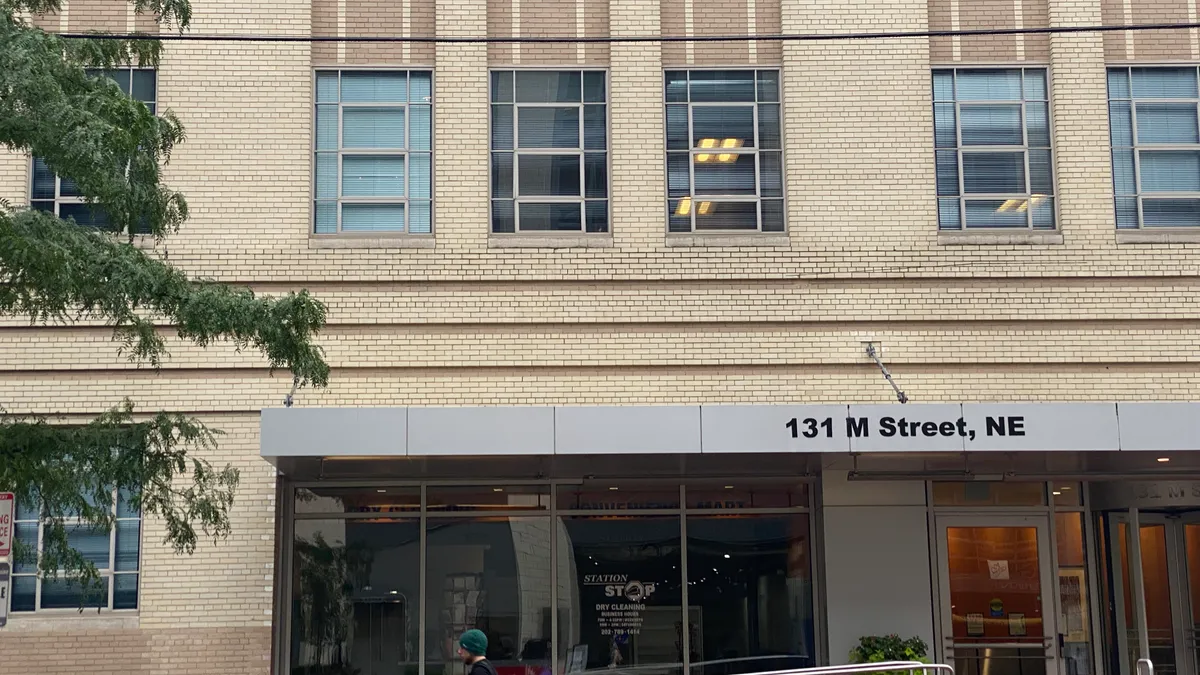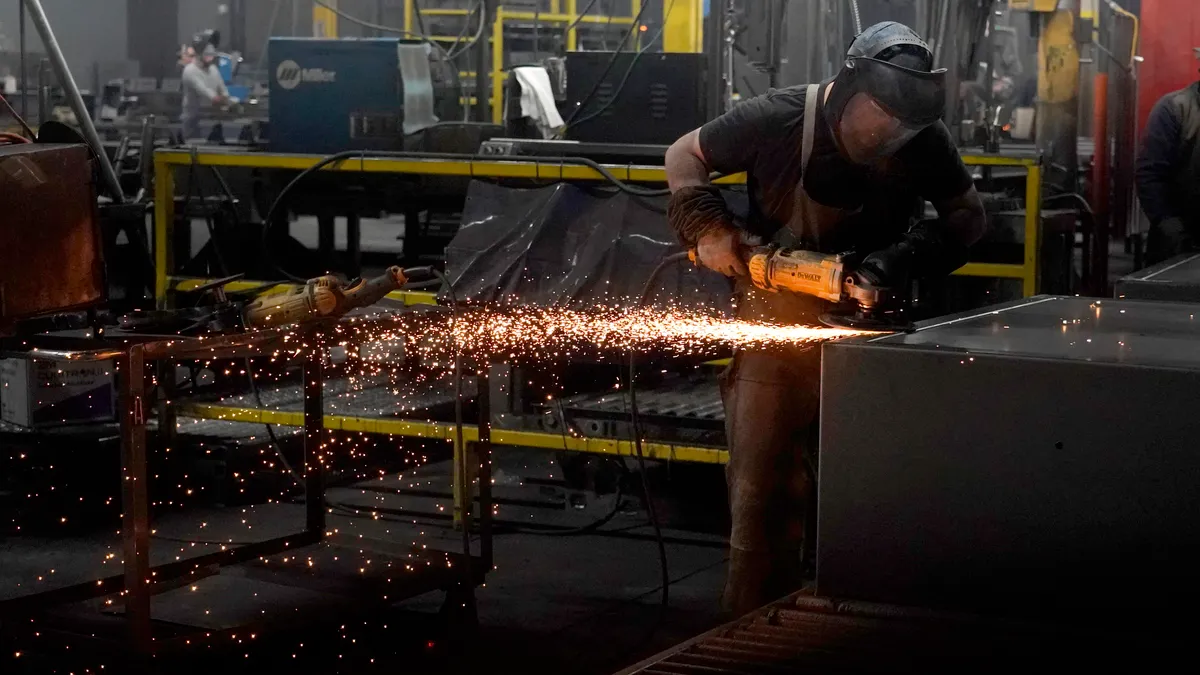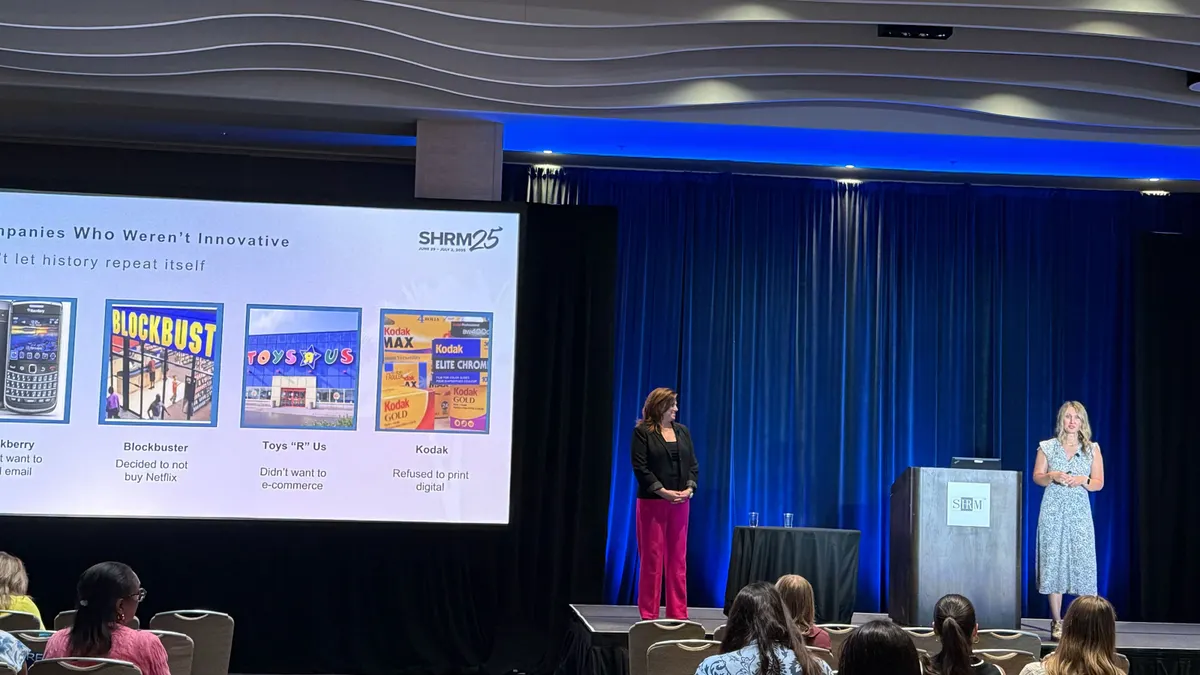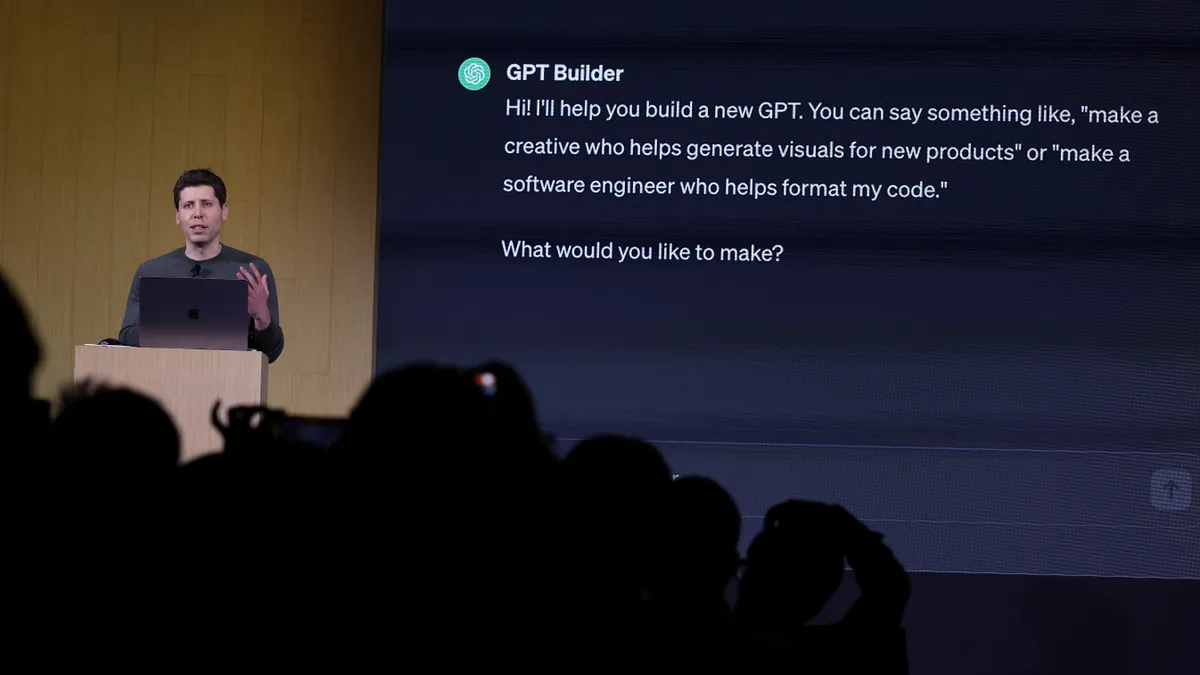Employers are well aware that employees are key to the future of their enterprises. For employees' true potential at work to be unlocked, however, they must be willing to look forward — potentially beyond the company.
A growth mindset puts employees in charge of their career trajectories and can help prepare both workers and employers for a business climate where change is the only constant. Learning leaders play a key role in helping employees realize their value to themselves and the business by teaching how a growth mindset drives decision making, risk taking and career pathing.
But cultivating a growth mindset in employees may rely on a cultural shift. As important as getting today's work completed may be, employers must also keep an eye on the future. What will tomorrow bring, and what can companies do to prepare for it? Beyond strategic planning from the C-suite, L&D will need to get employees to consider their own growth, how it aligns with business need, and how to get there from here together.
Model behaviors
Modeling is important, Karen Hebert-Maccaro, Chief Learning Experience Officer at O'Reilly Media, told HR Dive. Leaders should demonstrate their own growth mindset for others to learn from. "If leaders openly share their struggles and past failures, and what they learned from them and encourage others to do the same, they will show the value of a growth mindset," she said in an email.
Andrea Hoban, co-founder and head of learning at Oji Life Lab, said that leaders need to first tap into their own curiosity. "If we want to instill a growth mindset in others, we need to cultivate it in ourselves," she said in an email to HR Dive. Rather than telling people what to do, pushing a growth mindset requires asking employees to ask solution-oriented questions that "allow [them] to form new mental connections for themselves and see problems as challenges that can be solved." To reflect that reality, learning leaders need to create learning experiences that include a mix of reflective questions and "a safe space to explore possibilities," Hoban added. Strategies can involve discussion times, coaching, mentorship and more.
The real future of learning and development may be more about developing leadership that takes that mandate seriously, Hebert-Maccaro said. The learning-focused leader is someone who helps teams develop, uses failure and setback as a way to get smarter, and innovates by bringing out true potential.
Emphasizing need
Employees will need to take ownership of their growth to keep their value in the marketplace, and the key to mitigating the risk of value depreciation is in continued self-development, Hebert-Maccaro said. It also builds good learning culture.
"The act of focusing on your own development can be one way to help those around you," she said. "Taking the time to inquire about your colleagues' goals and aspirations can also lead to discussions about how they will be achieved and what they need to help them." Learning is a force multiplier for careers, she added. Once an employee realizes that, they are likely to attempt to put emphasis on their development.
Dania S. Gutterson, VP of people and strategy at YouEarnedIt/HighGround, recommended encouraging employees to challenge themselves and learn from their experiences. Leaders can enable teams to take ownership of their career development, she noted in an email.
Acceptable risk
Alexandra Connell, co-founder of Pluma, told HR Dive that the hardest part of shifting to a growth mindset is the unwillingness to fail. "Especially for larger, more established organizations, trying new things becomes less appealing as 'the way we've always done it' becomes more and more established," she said in an email. Layers of reporting responsibility can make gaining buy-in difficult, if not impossible, she added.
While a lab mindset is about data and experimentation, the growth mindset is about embracing struggles as part of the process, Hebert-Maccaro said. Those with a growth mindset believe intelligence isn't fixed; you can improve your skills and cognitive abilities, and setbacks aid in that process.
Connell suggested institutionalizing acceptance of failure with periodic goals for "how we'd like to fail." She doesn't suggest predicting failure; rather, have people identify the risks they'd like to take or the big ideas they may have, and acknowledge upfront that it might not work.
"This way, if it doesn't work, no one is shocked, and if it succeeds there is an opportunity to recognize the risk-taker and acknowledge the experience," she said. Innovation comes from rapid prototyping, she added, whether of an object or a service. The ability to get something out there, get feedback and iterate it is essential to growth. "Employees need to feel that it's safe to fail," Connell said, "so a culture that emphasizes how to fail (do it quickly, do it openly) is better off than one that pushes that failure is not an option."
It starts with confidence
Ultimately, it's up to the employee to put the time, effort and hard work into this process, Gutterson said. But L&D and front-line managers can help; one-on-one meetings can help the employee focus on their contributions and better understand how their work makes an impact. Creating shared goals across teams or departments helps employees focus on how their work and the work of their team members comes together for the greater good of the organization. "Anytime a leader can help employees see the big picture and the value of their day-to-day work," she said, "it enables employees to see how small wins can be big."
Cultivating a growth mindset for each employee, no matter what level, gives them a chance to "consider more options, take smarter risks, see problems as opportunities and think globally about solving the organization's problems," Hoban said. This can be a huge boost to organizational culture, employee experience and the bottom line.


















